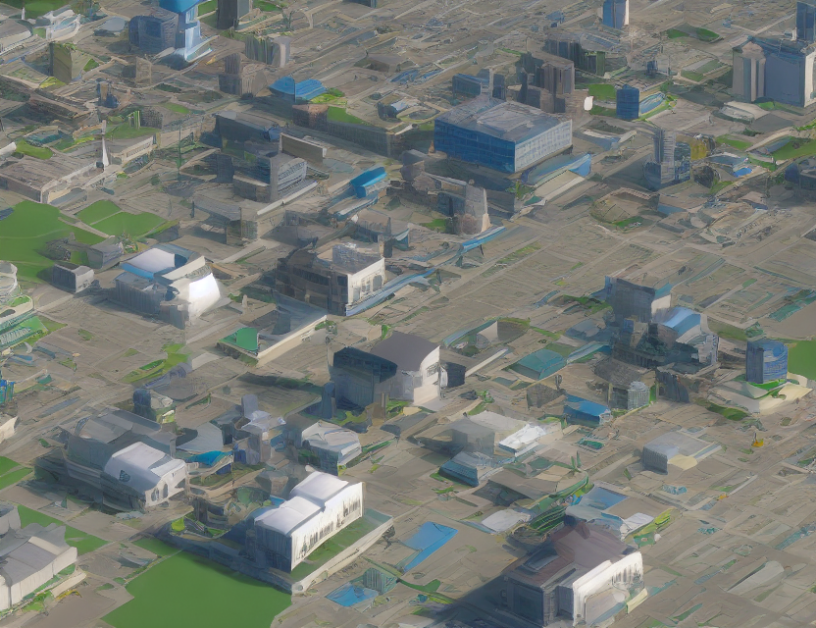In this article, we explore the concept of "world-to-words" grounding in vision-language models, which involves acquiring open vocabulary through fast mapping. The authors propose a novel approach called Self-Refine, which utilizes self-feedback to iteratively refine the model’s performance. This approach is shown to improve the model’s ability to understand and generate language in videos.
The authors also discuss the issue of biases in large image-language models, which can occasionally yield unexpected or inappropriate responses. They emphasize the need for further research to evaluate and mitigate these biases, as well as toxic output.
In addition, the article provides details on the aggregation of frame-level predictions from the Localizer, which is used to determine the correct spans in a video. The authors explain how they determined the value of the span threshold based on statistics of QVHighlights training data.
Throughout the article, the authors use simple language and engaging metaphors to help readers understand complex concepts. They strike a balance between simplicity and thoroughness, providing a comprehensive overview of the topic without oversimplifying it.
Computer Science, Computer Vision and Pattern Recognition
Large-Scale Datasets for Training Next-Generation Image-Text Models



